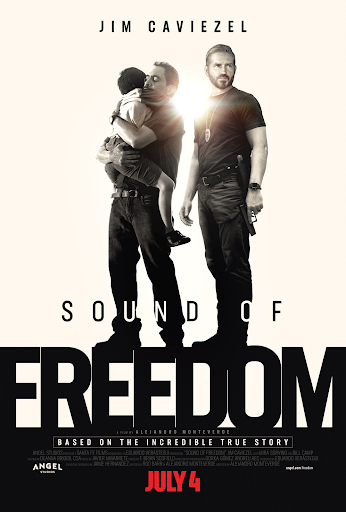New in the News
This past year in the U.S., scientists at the Department of Health and Human Services have observed increasing rates in opioid usage and opioid related deaths. It is estimated that every day, 90 people die after overdosing on opioids. This problem began in the early 1990’s when pharmaceutical companies assured then medical community that patients would not become addicted to prescription opioid pain relievers, and healthcare providers started prescribing them at higher rates. This eventually led to widespread misuse of these medications before it became clear that these medications were indeed highly addictive.
In 2015 alone, over 33,000 Americans died because of opioid overdose including prescription opioids, heroin, and fentanyl, a very strong synthetic opioid. Roughly 21%-29% of patients who were prescribed opioids for pain will misuse them. Last year, overdoses killed more people than car accidents and gun violence, and is moving at a pace faster than the H.I.V. epidemic at its peak, according to the Missouri Foundation for Health. According to the National Institute on Drug Abuse, about 80% of heroin users began their addiction because of taking legally prescribed opioid painkillers.
The Centers for Disease Control and Prevention observed in 2015 that the states that suffer most from the epidemic are West Virginia, New Hampshire, Kentucky, Ohio, and Rhode Island, all of which are east-coast states with large non-urbanized areas, excluding Rhode Island. The states that are most severely affected on the west coast are Utah and New Mexico, however their overdose death rates are still lower than those found in the far Northeast and the western Appalachian Mountains. In November of 2017, several West Virginian cities sued the Joint Commision on Accreditation of Healthcare Organizers (JCAHO) for intentionally spreading misinformation and encouraging its doctors to prescribe potentially dangerous opioids to patients as painkillers. According to the West Virginian Record, the cites claimed that JCAHO also made attempts to downplay the addictive nature of certain opioids while this was happening.
In one of their Frontline reports, PBS observed that all races have been affected by the opioid epidemic, however Whites and Native Americans are the most heavily damaged demographic; in 2014, 8.4 of 100,000 Native Americans 7.9 of 100,000 Whites died from opioid overdoses. Black, Latino/Hispanic, and Asian-Americans had rates of 3.3, 2.2, and 0.7 per 100,000 people respectively. According to data compiled by the U.S. census, these statistics on overdose frequency correspond with the distribution of the most severely affected racial and ethnic groups within the states that are harmed the most by the epidemic. They all have White populations of above 70% of the state’s total citizenry, and 80% if Latino/Hispanic Whites are included. New Mexico and Utah, the two most heavily affected western states, are ranked 2nd and 12th in the country for Native American populations. In an interview conducted by the New York Times, Dr. Andrew Kolodny of the Heller School for Social Policy and Management stated that American culture’s stereotypes of associating the Black and Latino/Hispanic communities with drug abuse may have made doctors more reluctant to prescribe potentially addictive opioids to their patients who fall into either or both of those groups.
With overdose numbers going up, President Donald Trump declared a state of national emergency on October 26 of 2017 in regards to the opioid epidemic. So far the steps that have been taken by Human and Health Services (HHS) to decrease opioid deaths are improving access to recovery and treatment centers, promoting the use of overdose-reversing drugs, advancing our understanding of the epidemic, supporting research on pain and addiction, and finally, searching for better practices for pain management.
Missouri ranks 14th in the country for number of opioids that are prescribed by doctors in proportion to the population, with 94.8 prescriptions for every 100 people. The State Senate passed a prescription drug monitoring program in April of 2017, making it the last state in the country to do so, according to US News.
Statewide problems with opioid overdose have varied over the years. In 2016, opioid deaths were at a record high- up 29% since 2015. For all of 2016, there were 908 opioid related deaths, and 947 traffic fatalities. We now know that these numbers have been surpassed in 2017. With active efforts to lower the number of fatalities, many police departments no carry the overdose antidote Narcan. Narcan may be administered in a shot or a nasal spray. In St. Louis all city police officers as well as firefighters are equipped with the antidote, and according to Brain Fraizer of the Columbia Fire Department, the city began carrying it in its trucks on January 25th, 2017 and has had to administer it 25 times.





